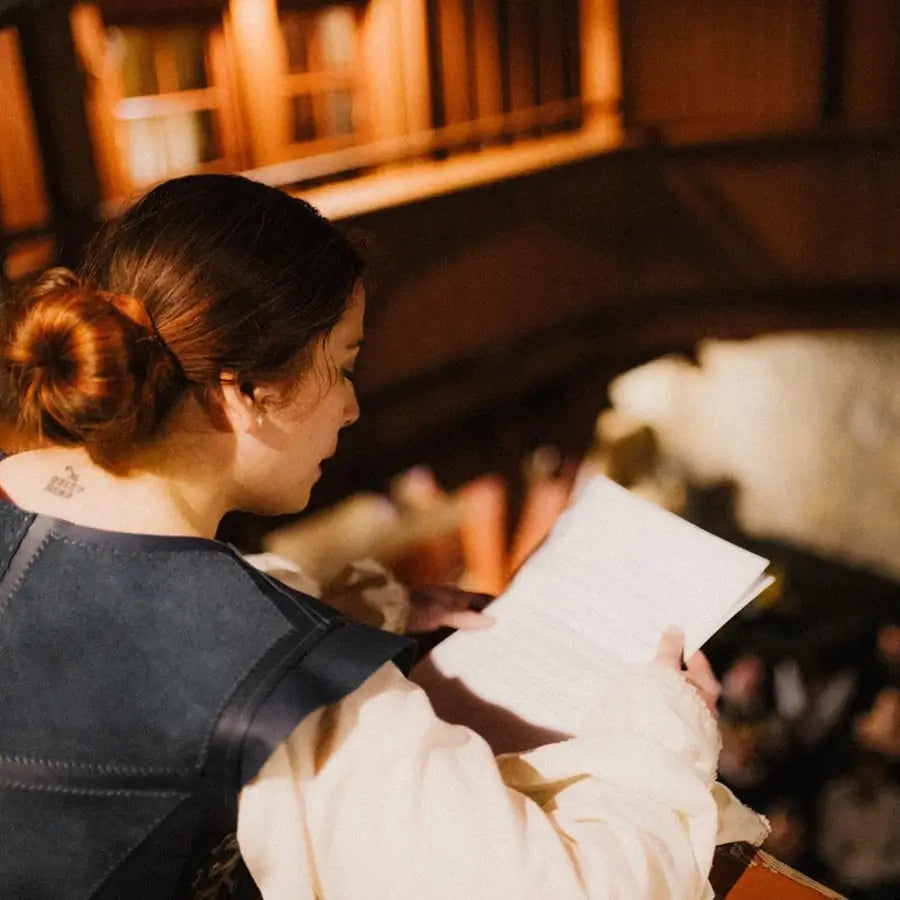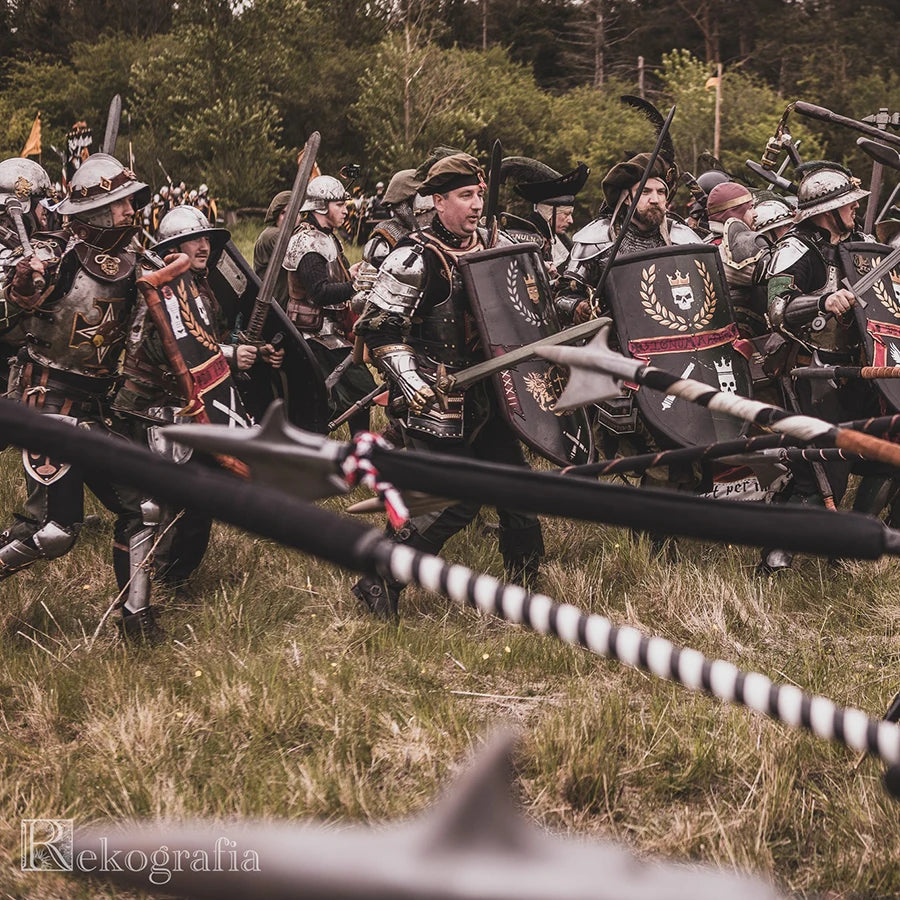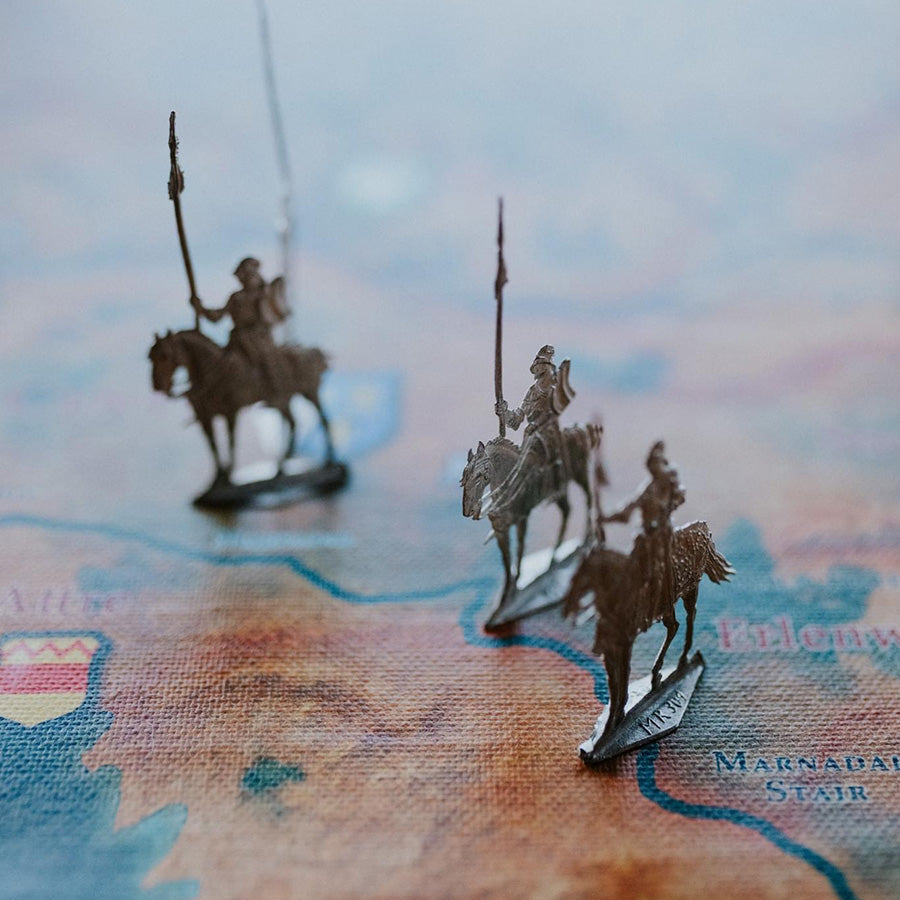What is LARP?
LARP, short for Live Action Role-Playing, is a form of interactive storytelling in which participants physically portray characters in real-world settings. Think of it as an immersive theatre experience mixed with improvisational acting, impersonation, and sometimes gameplay of tabletop role-playing games like Dungeons & Dragons. Players portray characters with unique backstories and goals while navigating a plot or story crafted by Game Masters (GMs) / plot writers who serve as both directors and storytellers. These events range from small, local gatherings to larger, multi-day festivals with hundreds or thousands of participants. In this video, Sonja focusses on mass Battle larps and explains the basics.






